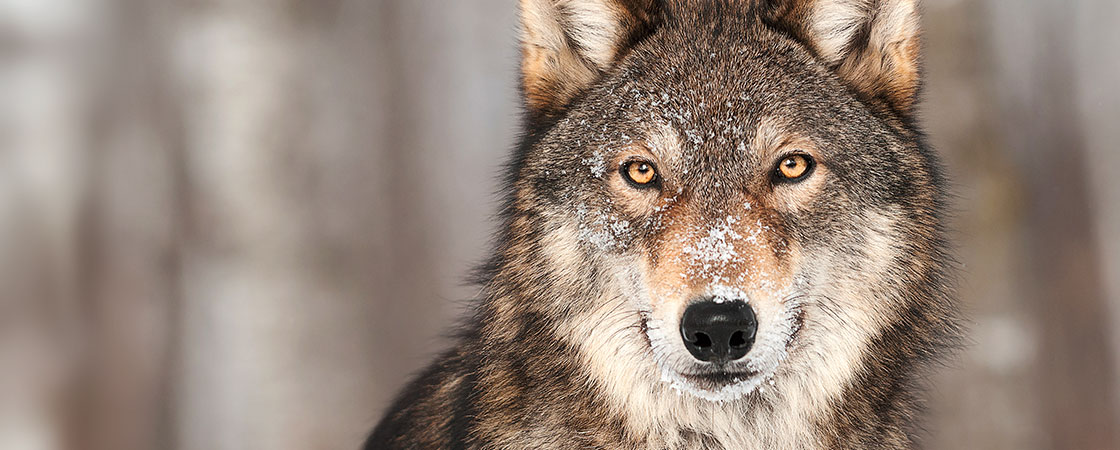Imagine again that you are a mighty gray wolf.
You are trotting through the snow with your pack. You do not know what is about to happen. But you have a feeling that you are in danger.
Suddenly, you sense that a human is nearby.
You become filled with fear. You run across the snow. But you aren’t fast enough.
A man has something aimed at you.
Click.
You fall.
Everything goes dark.
But you are not dead. This human did not come to kill you. He came to help you. It was not a bullet that hit you. It was a dart. The dart was full of a drug that has put you into a deep sleep.
The man rushes to your side. He is an expert on wolves. He studies and cares for them. He and his team weigh you. They measure your paws. They record notes in their journals. Everything they learn will help them better understand you and your kind.
Of course, you don’t know any of this. You are still fast asleep.
When you wake up, the man is gone. You stand and lift your head high.
Then you let out a long howl.
In the distance, your pack howls back at you.
They are waiting for you to come home.


